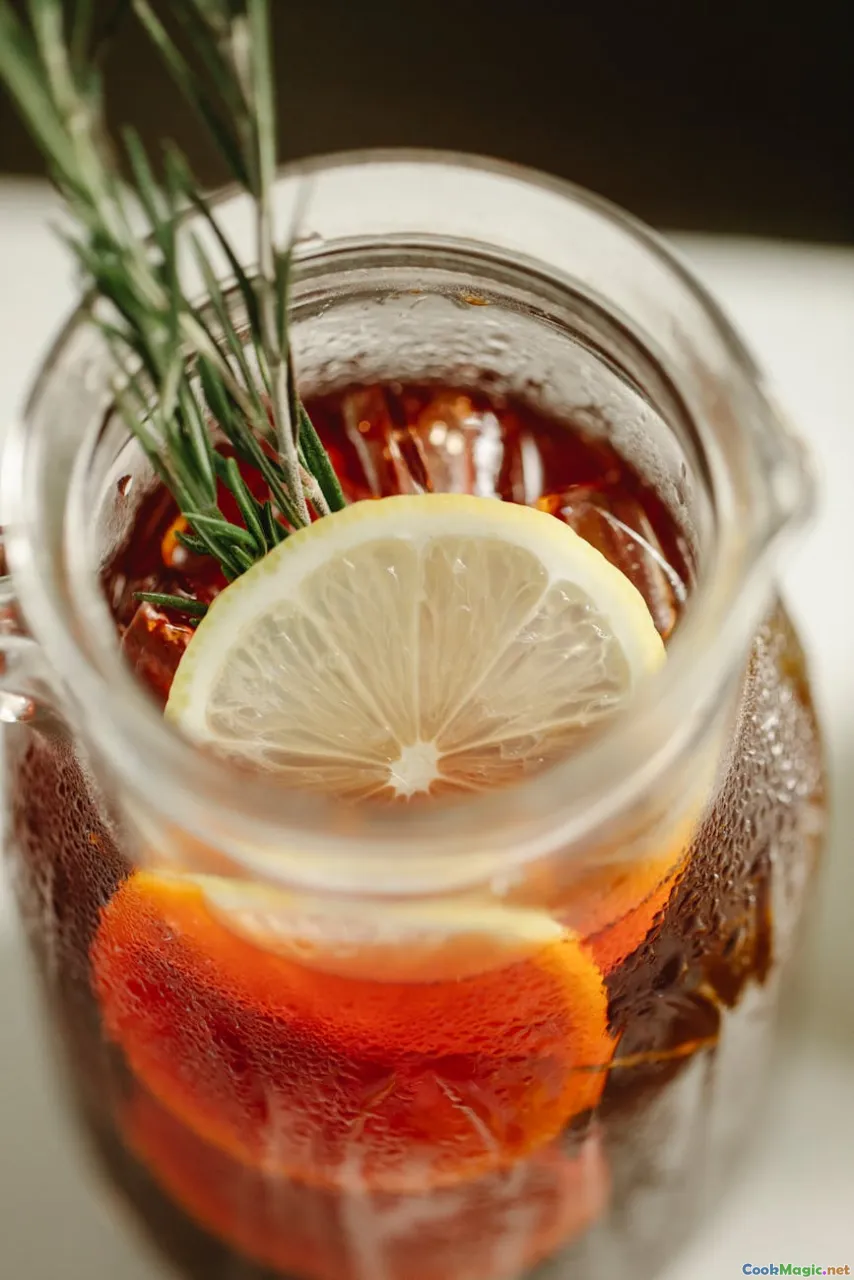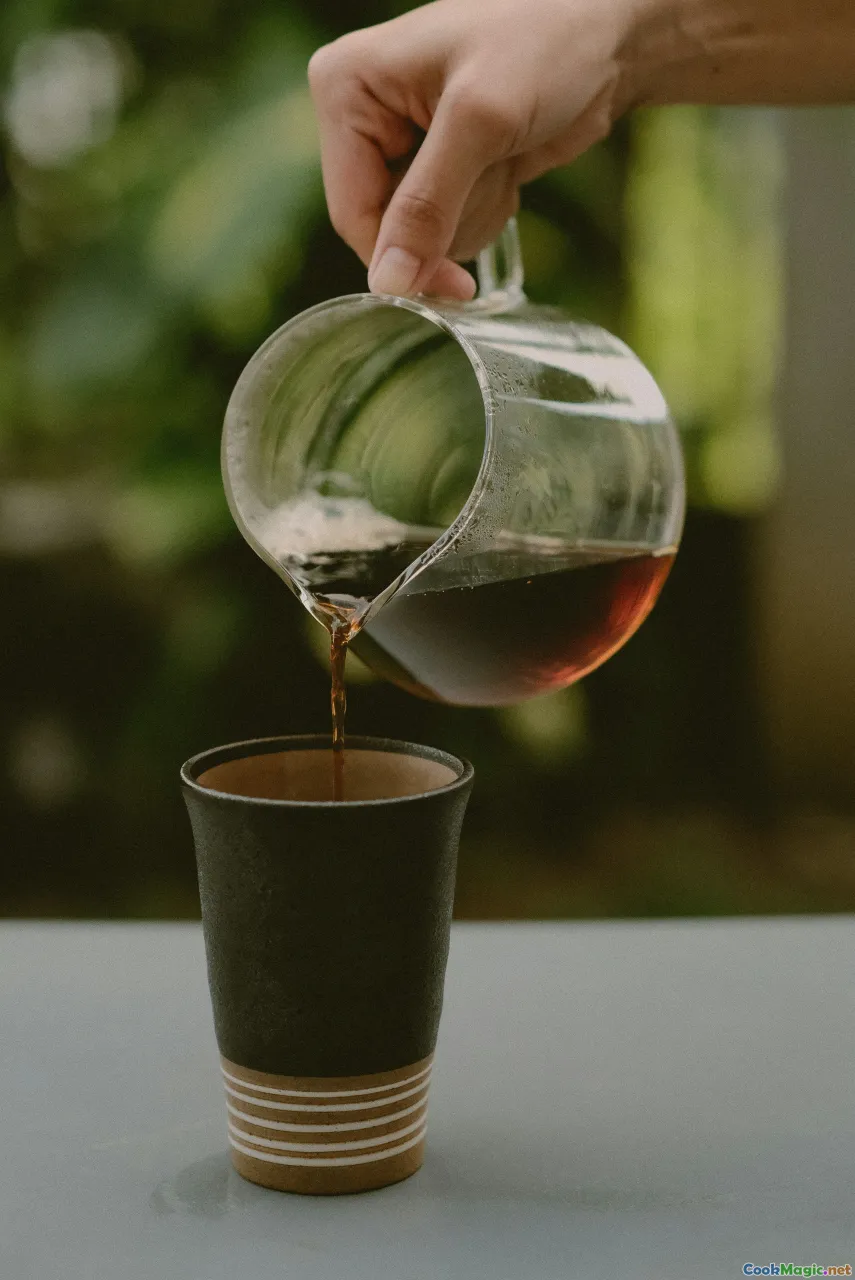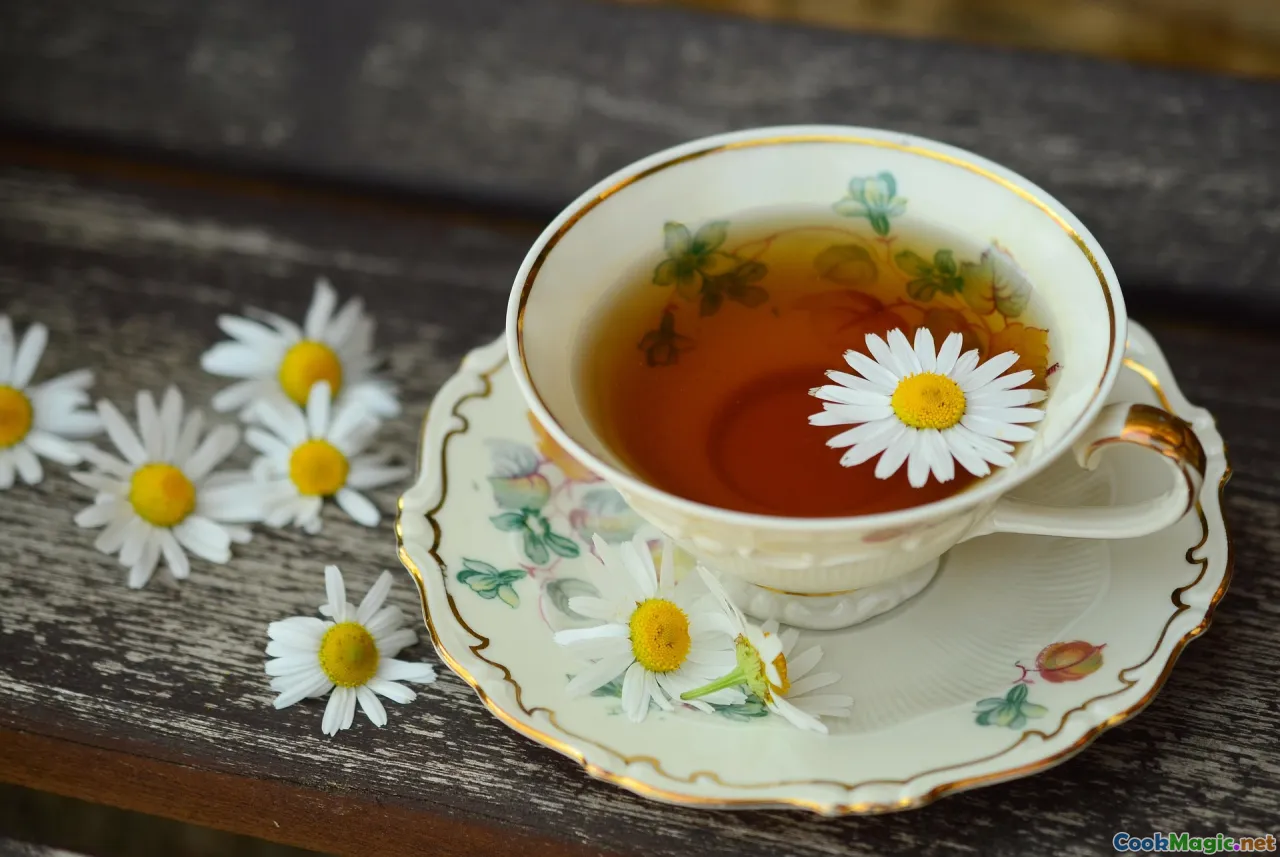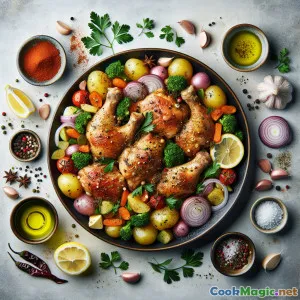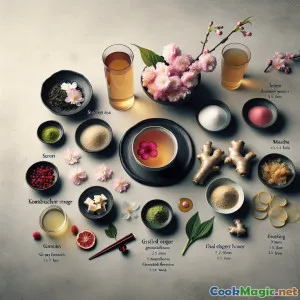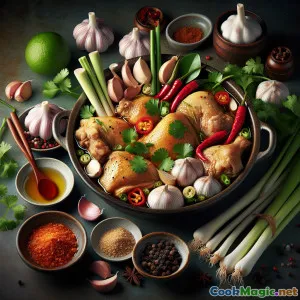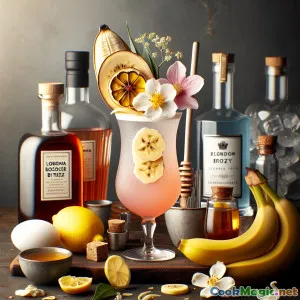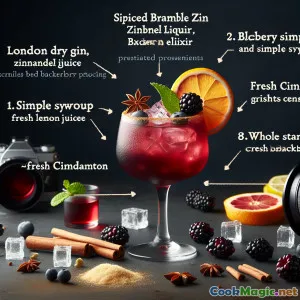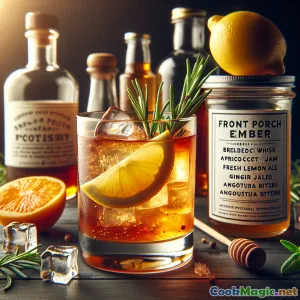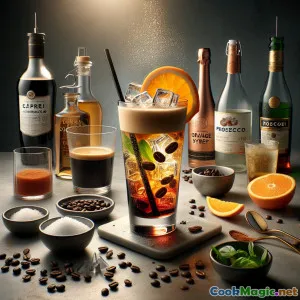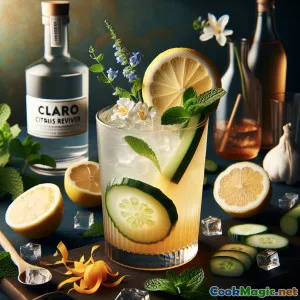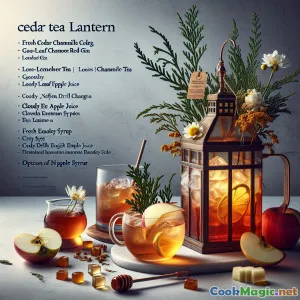
Cóctel de Hierbas Infusionadas con Cedro
(Cedar-Infused Herbal English Lantern Cocktail)
(0 Reseñas)0
16
julio 26, 2025
Informar de un problema
Ingredientes
-
2 small sprigs Ramos de cedro fresco (preferido el cedro rojo del este)
(Edible, untreated, not to be confused with yew or toxic varieties. Use only culinary-safe cedar.)
-
2 tsp Té de manzanilla de hoja suelta
(High-quality, for delicate floral notes.)
-
60 ml London Dry Gin
(Classic, crisp gin base.)
-
100 ml Jugo de manzana inglés turbio
(Adds a soft, sweet tartness.)
-
25 ml Siro de miel
(Made from equal parts honey and warm water.)
-
20 ml Jugo de Limón Fresco
(Bright, fresh lemon flavor.)
Cubos de Hielo, as needed
-
2 thin, round slices Rodaja de manzana
(For optional garnish.)
-
2 sprig or flowers Flores comestibles o ramita adicional de cedro
(To garnish each glass like a lantern flame.)
(Edible, untreated, not to be confused with yew or toxic varieties. Use only culinary-safe cedar.)
(High-quality, for delicate floral notes.)
(Classic, crisp gin base.)
(Adds a soft, sweet tartness.)
(Made from equal parts honey and warm water.)
(Bright, fresh lemon flavor.)
(For optional garnish.)
(To garnish each glass like a lantern flame.)
Nutrición
- Porciones: 2
- Tamaño de porción: 1 lantern glass (220ml)
- Calories: 145 kcal
- Carbohydrates: 15 g
- Protein: 1 g
- Fat: 0.2 g
- Fiber: 0.5 g
- Sugar: 12 g
- Sodium: 6 mg
- Cholesterol: 0 mg
- Calcium: 9 mg
- Iron: 0.2 mg
Instrucciones
-
1 - Infuse Cedar Tea:
In a teapot, place one cedar sprig and chamomile. Add 200ml simmering water, steep for 5 minutes, then strain. Cool to room temperature.
-
2 - Prepare Shaker:
Fill a cocktail shaker halfway with fresh ice cubes.
-
3 - Combine Ingredients:
Add cooled cedar–chamomile tea, gin, apple juice, honey syrup, and lemon juice to shaker.
-
4 - Shake:
Shake vigorously for about 20 seconds to chill and combine the flavors.
-
5 - Serve:
Strain into two chilled lantern glasses. Garnish each with an apple slice and a small cedar sprig or edible flower.
In a teapot, place one cedar sprig and chamomile. Add 200ml simmering water, steep for 5 minutes, then strain. Cool to room temperature.
Fill a cocktail shaker halfway with fresh ice cubes.
Add cooled cedar–chamomile tea, gin, apple juice, honey syrup, and lemon juice to shaker.
Shake vigorously for about 20 seconds to chill and combine the flavors.
Strain into two chilled lantern glasses. Garnish each with an apple slice and a small cedar sprig or edible flower.
Más información sobre: Cóctel de Hierbas Infusionadas con Cedro
Cedar Tea Lantern: An Enchanting English Cocktail
There’s a captivating allure to the ancient English woods; light filters through tall canopies, carrying hints of evergreen and wildflowers. Few drinks strive to embody this mystical atmosphere, but the "Cedar Tea Lantern" is a bold, innovative tipple that brings woodland wonder and cocktail craftsmanship together into one glass.
Inspiration & History
The genesis of the Cedar Tea Lantern finds its roots in Britain's wild traditions—gathering foraged botanicals to build tonics, infusions, and cordials. The English have a storied relationship with tea, bridging the practical and the poetic. But here, traditional tea coexists with forest aromatics for a drink that is at once familiar—and astonishingly new.
Cedar, specifically Eastern Red Cedar (juniperus virginiana), forms the heart of this drink. Long used in folk remedies and ancient ceremonies, edible cedar makes a striking herbal addition without overwhelming the palate. Importantly, it is critical never to substitute non-culinary, toxic conifers like yew; always source safe sprigs from specialty stores or knowledgeable foragers.
Chamomile, meanwhile, underscores the drink with gentler notes: grassy, daisy-like, and intrinsically calming. Combined together, these bar-familiar and woodland-wild botanicals construct a spectrum of English flavor: herbal, earthy, citrusy, and subtly floral.
You might think of the Cedar Tea Lantern as an evolution from classic gin-based tea cocktails and punches, elevated with English apple juice for body and honey syrup for a warm, comforting sweetness. With a pour of London dry gin, the result is smooth, fragrant and just the right amount of sophisticated.
Modern Notes & Unique Aspects
This drink stands out for its intricate, woodsy bouquet—unlike mainstream herbal cocktails where mint or basil reign supreme, cedar operates wonderfully with gently tannic tea, supplying a brisk, grounding flavor profile extraordinarily well-suited to late afternoon sips or dimly lit evening gatherings.
Presentation is elemental. Serving in a rounded lantern-style glass pays homage to its name, while garnish in the form of a small cedar sprig or edible flower gives the impression of a glowing flame, symbolizing old-style lanterns carried through misty English paths.
Low in calories and alcohol-forward thanks to good-quality gin, the Cedar Tea Lantern is surprisingly light and sessionable—an ideal beverage for those seeking complexity without heaviness or excessive sweetness. It also transitions beautifully to a mocktail base by swapping the gin for a splash more apple juice and an extra infusing of cedar–chamomile.
Tips, Notes & Substitutions
- Cedar Substitute: Never use cedar planks or landscaping cedar unless specifically edible; culinary cedar or high-quality culinary-safe juniper are required.
- Tea Choices: Chamomile is recommended, but a subtle green or white tea could also be employed. Avoid heavily flavored teas, which overpower cedar.
- Foraged Elements: If collecting, make safety your top priority and positively identify species. Never forage in polluted or sprayed areas.
- Syrup: Infuse the honey with a little segmented lemon zest in advance for a citrus lift.
- Garnish Options: Apple slice maintains the orchard note, but edible violets or fresh rosemary provide pleasing color and aroma.
Serving & Occasion
Best enjoyed as a signature starter at intimate solstice gatherings, fancy weekend teatimes, or cocktail evenings with adventurous guests. The delicate balance between wild greens, traditional gin botanicals, and apples mirrors great English kitchens: resourceful yet whimsical, refined yet rustic.
In Closing
All told, the Cedar Tea Lantern is not just a drink—it’s a ritual reconnecting drinkers to the magic found beneath ancient canopies and beside hidden garden walls. Inventing such drinks bridges British heritage with modern mixology, and serves as an invitation to find new beauty (and flavor) in familiar ingredients. Tailor, remix, serve warm or over ice, and forever chase the gentle glow of that woodland lantern in your glass.

